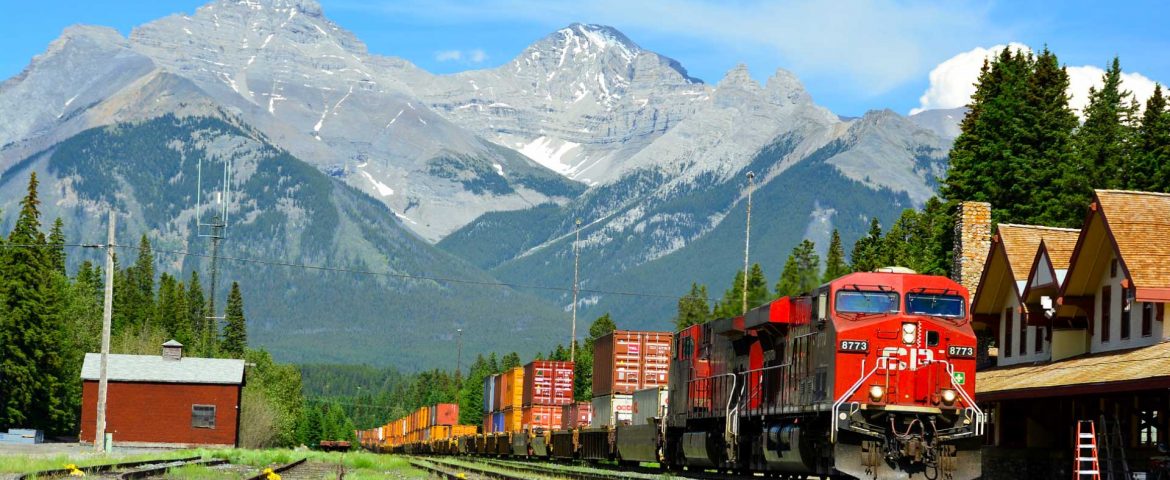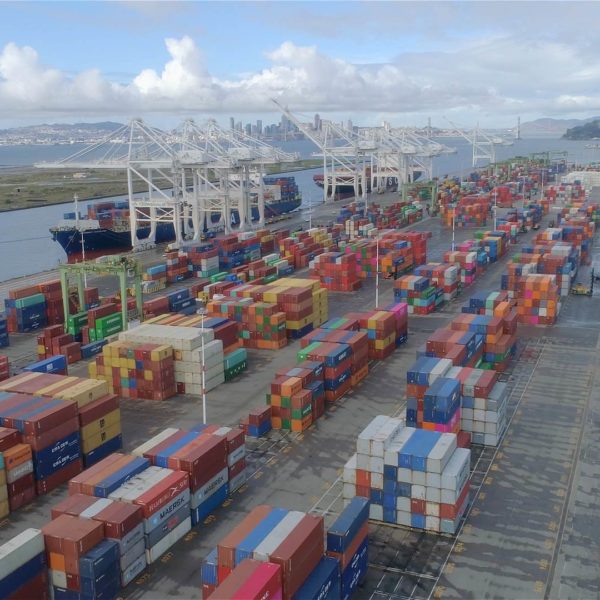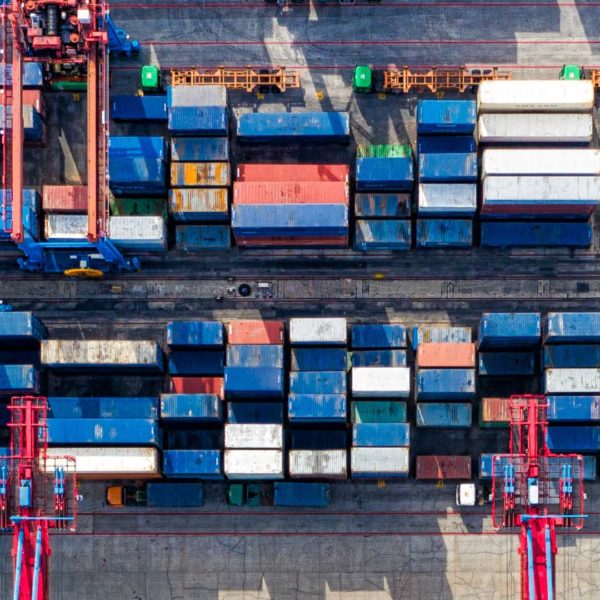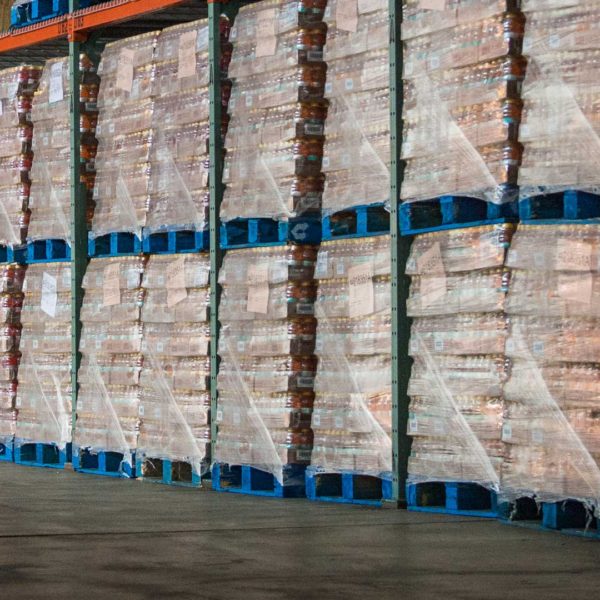Intermodal shipping has been a hot topic within the greater supply chain industry as well as the railway industry side in the second half of 2020, intermodal saw a drastic increase in demand as trucking capacity dried up and trucking rates skyrocketed.
Numerous months in the latter part of 2020 saw intermodal around a 10% or more growth over previous weeks or months from 2019. While over total carload and intermodal volume was down due to the massive fall-off in demand in the first part of the year with the initial impact of COVID, many industry experts expect intermodal demand to remain high through much of 2021.
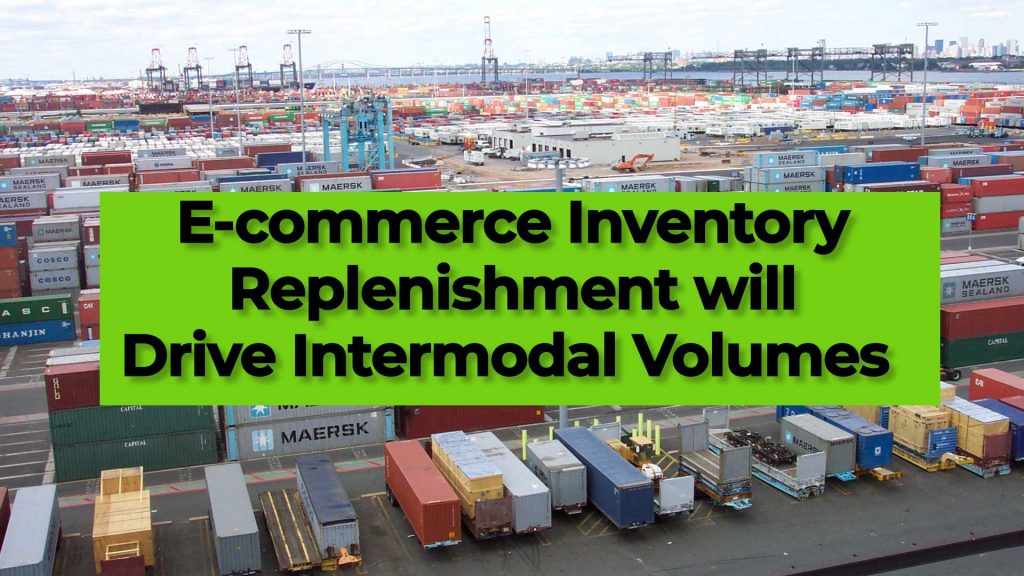
2021 Capacity
With retail inventory at historically low levels, increased consumer demand, and huge increases in e-commerce sales, transportation demand will remain highly elevated throughout the 1st and 2nd quarters of 2021. This has maintained upward rate pressures for both spot shippers and shippers wishing to resign contracts going into 2021.
The hunt for capacity and lower freight rates have pushed many shippers to introduce intermodal freight on longer haul lanes, with lanes out of California to destinations like Chicago or Atlanta, being major hot spots for spot demand.
Supply Chain diversity has become a major topic following the initial onset of the pandemic, with so many businesses relying on a small number of suppliers and supply chain partners, concentrating risk. Going forward, many businesses, especially so larger ones, will seek to diversify not only their supplier base but also their carrier and logistics partner base. Intermodal in this scenario is being used as a means to diversify capacity options while reducing freight spend and as an additional source of capacity.
Both international intermodal, which is traditionally moving 20ft, 40ft, and 45ft ocean containers, and 53ft domestic intermodal service options will be tight in certain hubs as carriers work to keep lanes open with equipment available. Our suggestion would be to plan transportation needs well ahead of time with your supply chain partners to reserve “your spot” when capacity gets tight. Particularly if you are shipping hazmat intermodal freight, planning ahead will be key to securing capacity needs.
How to lower freight rates in 2021?
Nearly every BCO or shipper saw freight rates dramatically rise throughout the later part of 2020 as the retail industry kicked back into gear from a weak Q2.
For shippers looking at curbing rate increases, introducing intermodal into your logistics plan is a great way to bring down average freight spend on long haul lanes.
Consider spreading your freight across both modes of transportation with a mix of both spot and contract exposure. Longer contracts will be difficult for both sides right now as rates are so high and volatility will remain elevated. Due to this volatility, shorter-term bids are becoming more popular, as an option to lock in rates for 1-6 months.
For international shippers, considering transloading freight from 40ft ocean containers into 53ft domestic containers, this will not only reduce the number of containers needed to move your freight but give you the ability to repackage and load containers to balance inventory needs at your inland locations. Overall transloading freight for further movement inland will represent significant cost savings when volumes rise.
Intermodal Vs Trucking
As a rule of thumb, trucking is more efficient on routes under 500 miles and certain longer routes that have origin or destination points a large distance from an intermodal ramp. Trucking is generally 1-2 days quicker, since once a pickup is made the truck heads directly to the final destination, unlike intermodal which is routed to the nearest intermodal terminal, then moved via drayage truck to the final destination.
Intermodal is particularly efficient on cross country freight lanes, such as California to Chicago, California to Atlanta, Chicago to New Jersey, or Atlanta to New Jersey. On such long lanes, the difference in freight rates starts to make a large difference in comparison with trucking rates, even more so during peak seasons and other times of capacity constraint. Often rates vary between a 10-25% savings from over the road dry van trucking rates.
How to Ship Intermodal 2021
The first step to trialing intermodal is to take a careful look at your freight lanes with special attention paid to longer lanes between major metropolitan areas. These will be prime conversion candidates for intermodal. The longer lanes which have had large rate increases will represent the quickest ROI and financial impact for your firm, as these will represent the largest savings over OTR shipping options.
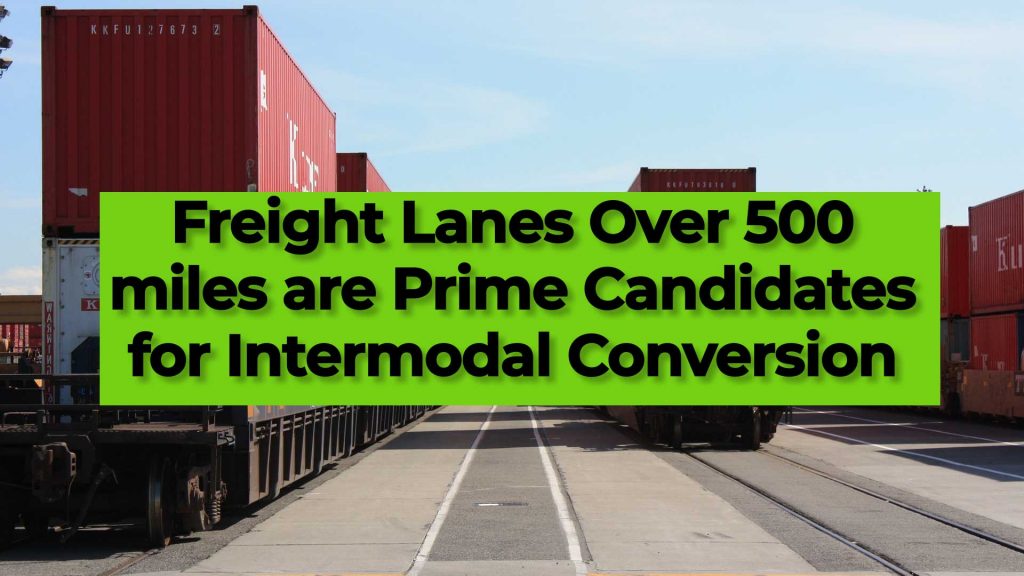
Zmodal, like other intermodal providers, will work with you to analyze conversion opportunities on a lane by lane basis.
For the most part, intermodal is a direct service alternative to trucking. However there are some differences, typically 53 ft domestic intermodal containers have a maximum load weight of 42.5K lbs, blocking and bracing need to be considered, and certain commodities are prohibited. Just like domestic trucking, 2 hours live load and unload is common, but drop trailers for larger volumes is another option. As we mentioned above, transit time is generally the over the road trucking time plus a day.
As with other digital-enabled freight providers, Zmodal offer shippers the ability to quickly and easily search intermodal rate, book intermodal shipments and track intermodal shipments to their destination. Digital document and payment management also make an intermodal trial on long haul lanes an easy experience.
Top 2021 intermodal companies are a mix of asset-based and non-asset-based firms. Asset-based intermodal marketing firms typically use their own drayage trucks and containers, while asset-light or non-asset based intermodal firms use railroad owned containers and partner drayage providers. Both are effective strategies, however, non-asset based are strictly basing planning on what is best for the customer without regard to asset repositioning or container balancing.
Intermodal Pricing 2021
Intermodal pricing will fluctuate in 2021, and likely remain slightly elevated over previous years, but still is less volatile than trucking, as capacity is more stable. Depending on lane volume, even modest savings can drastically add up over a year.
Volumes are expected to in 2021 over 2020 levels, as more and more shippers turn to intermodal’s cost savings and capacity in a tight freight market. Retail inventory replenishment driven by e-commerce sales is a major source of US freight volume at the present time. Industrial manufacturing is lagging in previous years’ levels but hopefully will rise as well. Keep in mind traditionally bulk freight associated with industrial manufacturing firms is moved by rail carload, however intermodal does still play a part.
Railroads are working rapidly to make sure capacity is available in key markets, the availability of drayage drivers, chassis, and empty containers has been the major challenge to keep intermodal capacity available at competitive prices through peak season.
Energy Efficiency and Carbon Emissions
Intermodal is three to four times more energy-efficient than over the road trucking, representing about a 75% reduction in carbon emissions. Increasingly, green supply chain practices are becoming a core part of supply chain planning and goals. Even small firms can reduce their environmental impact when moving some long haul cross country freight to intermodal.
No doubt carbon emissions, potential increases in fuel taxes, heightened EPA emissions guidelines will put pressure on supply chain and transportation firms to optimize their operations to be more energy efficient with reduced emissions in the long run.
Zmodal is a top 2021 intermodal shipping company, with nationwide domestic intermodal coverage and digital intermodal freight rates, we are your partner to diversify your supply chain and optimize mode selection. Zmodal offers cross country freight shipping rates, via intermodal and over the road trucking service options.
